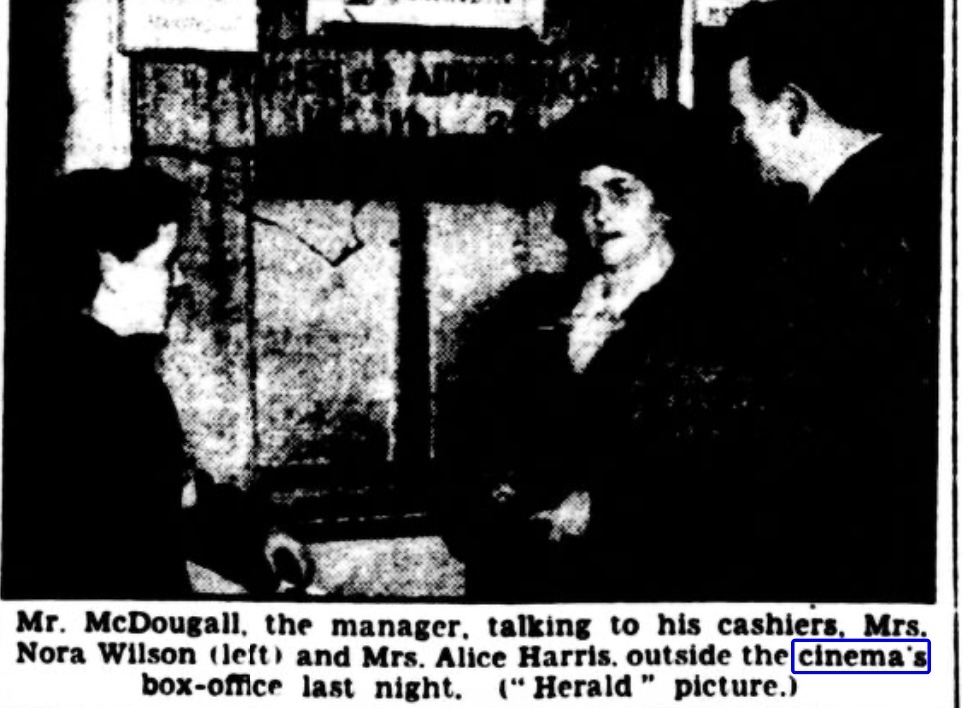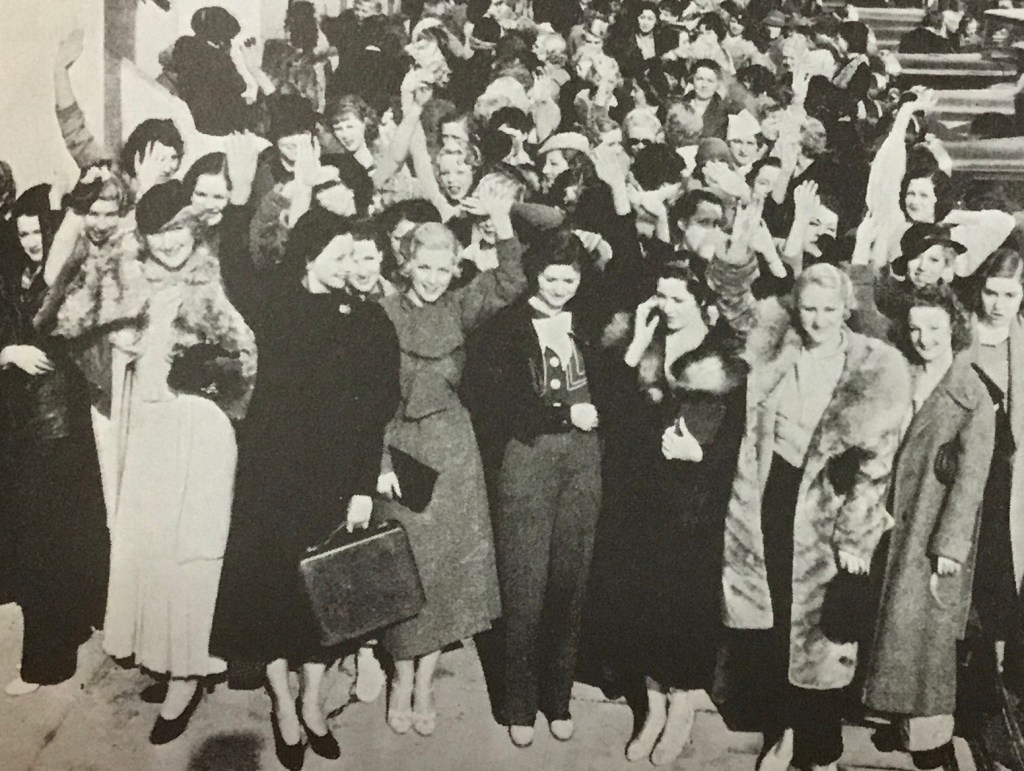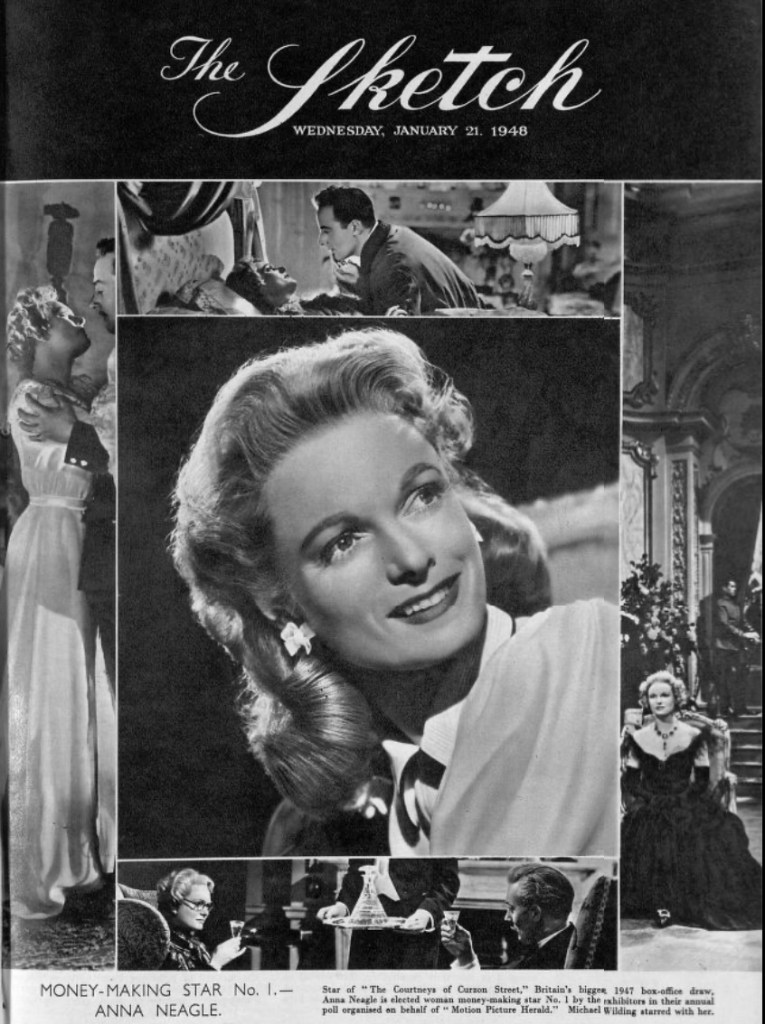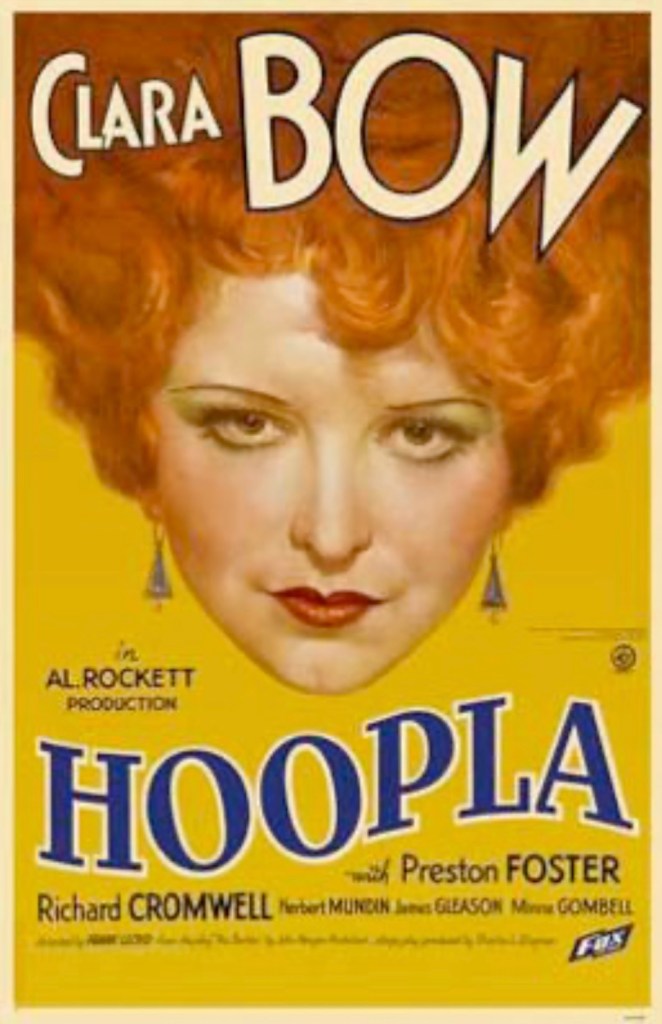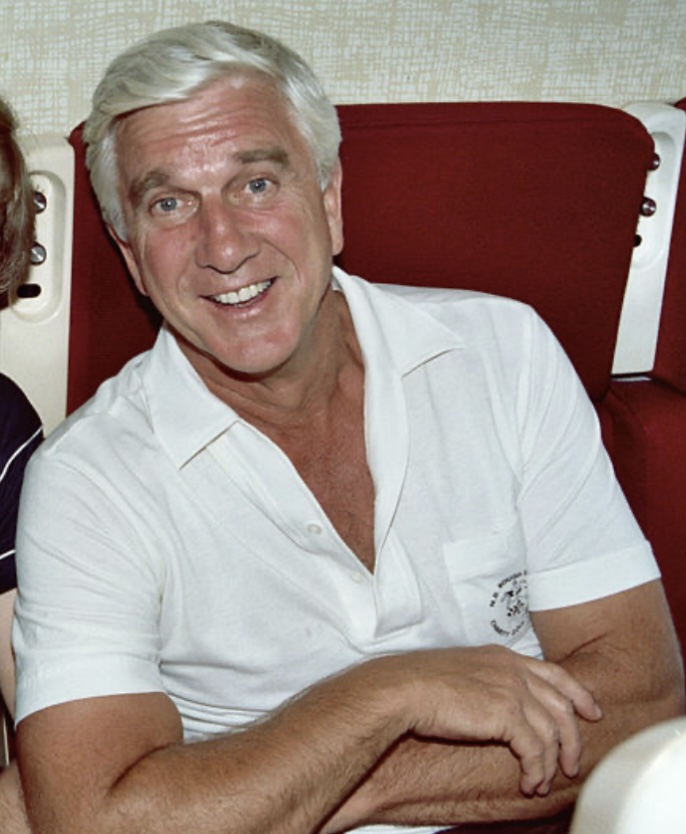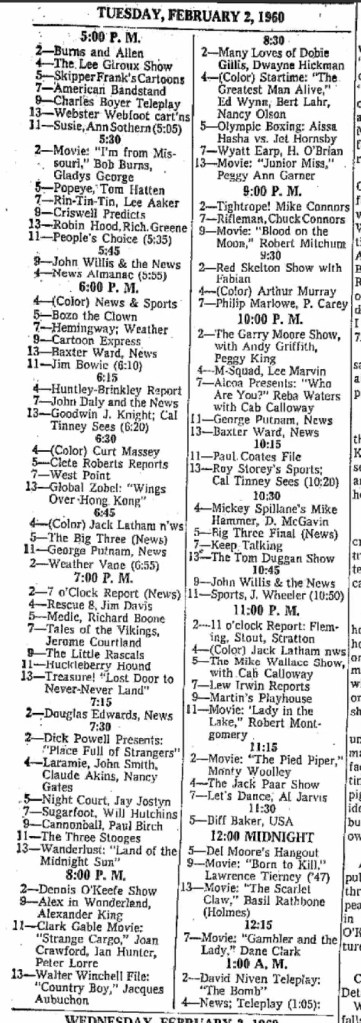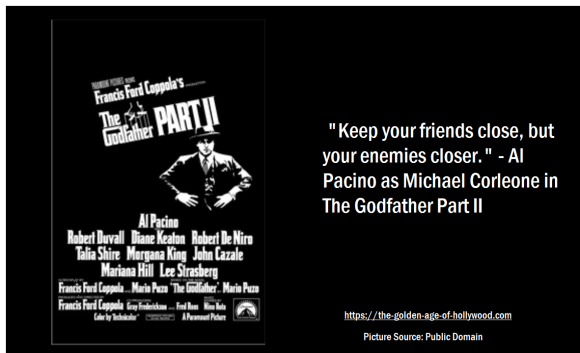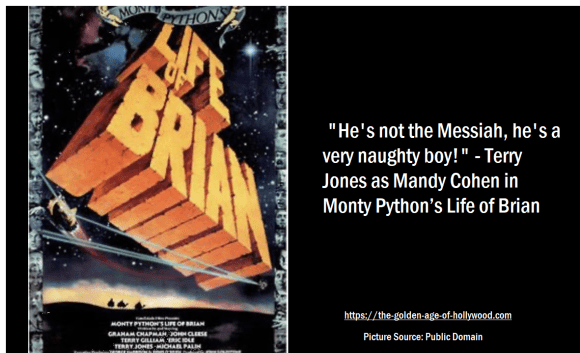Dear Reader,
Coming soon, the audiobook version of Tula, book one in my Golden Age of Hollywood series, featuring a wonderful narration by Amelia Mendez.
Clara Bow’s fifty-seventh and final movie was Hoopla, produced between September 2 and November 9, 1933, and released on November 30, 1933. Clara played Lou, an amoral cooch dancer.
Clara hated her role, but appeared in the movie to fulfil her contract. She was unhappy about the whole production. However, the critics loved her performance and the film.
Variety: “A more mature performance, which shows an improved actress. She looks and photographs extremely well. Bow seems ripe to comeback strongly and this performance will help plenty.”
Sadly, Clara disagreed. “I’ve had enough. I don’t wanna be remembered as someone who couldn’t do nothin’ but take her clothes off. I want somethin’ real now.” Clara found that reality as a housewife and mother. She quit the yellow brick road for life on a ranch.
Clara was still in her twenties and had plenty to offer as an actress. She still had “it”. As she developed as a person, her performances would have become even more mature, stronger. If offered the right parts, she could have made classic movies and be remembered for the great talent she was.
To appreciate Clara’s talent, I would recommend her second film, “Down to the Sea in Ships”. In that film, Clara’s youthful ability is on display, and you can see why the producers developed her role and added more scenes for her to appear in.
I would also recommend her penultimate film, “Call Her Savage”. This film is over-plotted – it’s half-a-dozen films in one, but with so much going on at least the movie offered Clara an opportunity to display her wide range of acting talents.
I’m doing some in-depth research on the movie Sunset Boulevard. Here’s my second note.
Sunset Boulevard: Notes on a Classic
“A great big white elephant of a place. The kind crazy movie people built in the crazy twenties.” – Joe Gillis in Sunset Boulevard.
📸 The William O. Jenkins House, also known as the “Phantom House”, built for businessman William O. Jenkins in 1922 and 1923, Norma Desmond’s house in Sunset Boulevard.
An Isotta Fraschini Tipo 8A, Norma Desmond’s car in Sunset Boulevard.
Norma Desmond: “We have a car. Not one of those cheap things made of chromium and spit but Isotta Fraschini. Have you ever heard of Isotta Fraschini? All hand-made. It cost me twenty eight thousand dollars.” That’s around $500,000 in today’s money.
Columbo – Season One, Episode Six: “Lady in Waiting”.
Susan Clark played the murderer in this episode, psychologically one of the best of the first series. Leslie Nielsen played her fiancé. Leslie Nielsen (pictured: Wikipedia) was so good in The Naked Gun series that I struggle to take his straight roles seriously. That said, he’s very good in Columbo and his scenes with Peter Falk are a highlight.
A Hollywood Murder
The professional hitman hired by drug runners theory is one of the weakest in the Taylor case. I include it here because it features in newspaper reports, occasionally.
I’ve searched a newspaper database containing 883,643,177 articles using the keywords “William Desmond Taylor” and “drugs”, covering the period 1900 – 1949. My search returned 14 items. Most of those items were false leads with the word “drug” on the same page as “Taylor”. Some of the articles suggested that Taylor was a drug pusher. Two suggested that he was murdered by a drug pusher. None of the articles suggested that Taylor was an anti-drug campaigner. If he was campaigning against drugs in Hollywood, his campaign did not capture the media’s attention.
Some reports suggest that Mabel Normand was a drug addict. To date, I have not read anything to confirm that. If Mabel was an addict, as a friend it would be understandable if Taylor tried to help her. In trying to help her, he might have talked with studio bosses, who also had good reason to banish drugs from their sets.
The newspapers made no mention of drugs in association with William Desmond Taylor before his murder. The drug angle only featured in some newspapers after his death. Before his death, there was no indication in the media that Taylor was leading an anti-drug campaign.
Some moviemakers were vociferous in their stance and making anti-drug movies in the early 1920s. Director Graham Cutts made Cocaine. He was not murdered. Director Irving Cummings made The Drug Traffic. He was not murdered. Director Norton S Parker made The Pace That Kills. He was not murdered. Numerous people in Hollywood were spreading the anti-drug message in the 1920s and 1930s. Gangsters did not murder them.
As I stated earlier, if Mabel Normand was a drug addict, it would be understandable if William Desmond Taylor tried to help her. Maybe she informed him of her drug suppler and he informed the studio bosses, who in turn informed the police. Corruption was rife. Many officials in the police were on the take. They already knew who was supplying the Hollywood community with drugs, and were prepared to turn a blind eye.
The problem remains: Mabel, or another actor, is still an addict. Even if movie executives banned drug pushers from the studio lot, the addict will get his drugs from elsewhere. And the regular round of parties so beloved of Old Hollywood would offer the drug pushers an opportunity to create new addicts; they would not need access to the studio lot.
With the police in his pocket, effectively waving the drugs through, only an idiot would murder a high profile person, stir up a hornets’ nest, and attract unwanted attention.
If the Eight O’Clock Man murdered William Desmond Taylor, I don’t think he was a professional hitman hired by gangsters, so I’m inclined to place him low on my list of suspects. I would place a second-rate hitman hired by gangsters slightly higher, but still low down on my list.
As Kevin Brownlow and John Kobal wrote in their book, Hollywood: The Pioneers – “A theory was put forward that Taylor had been taking on the drug racket single-handed, in the hope of curing his friend, comedienne Mabel Normand, of addiction, but this proved to be desperate publicity in the face of unpalatable evidence.”
I’m starting a new feature on my website and social media looking at 20th century movies and music through the life of Nancy Olson. Nancy came to prominence in 1950 through her Oscar nominated performance in Sunset Boulevard. She married twice, to lyricist Alan Jay Lerner, and to Capitol Records executive Alan W. Livingston. Nancy is 95 and I think her life story is fascinating. I hope you will enjoy the items I intend to share.
American television, February 2, 1960. Do you remember any of these films and programmes?
Social media https://toot.wales/@HannahHowe
As ever, thank you for your interest and support.
Hannah xxx
For Authors
#1 for value with 565,000 readers, The Fussy Librarian has helped my books to reach #1 on 38 occasions.
A special offer from my publisher and the Fussy Librarian. https://authors.thefussylibrarian.com/?ref=goylake
Don’t forget to use the code goylake20 to claim your discount 🙂
